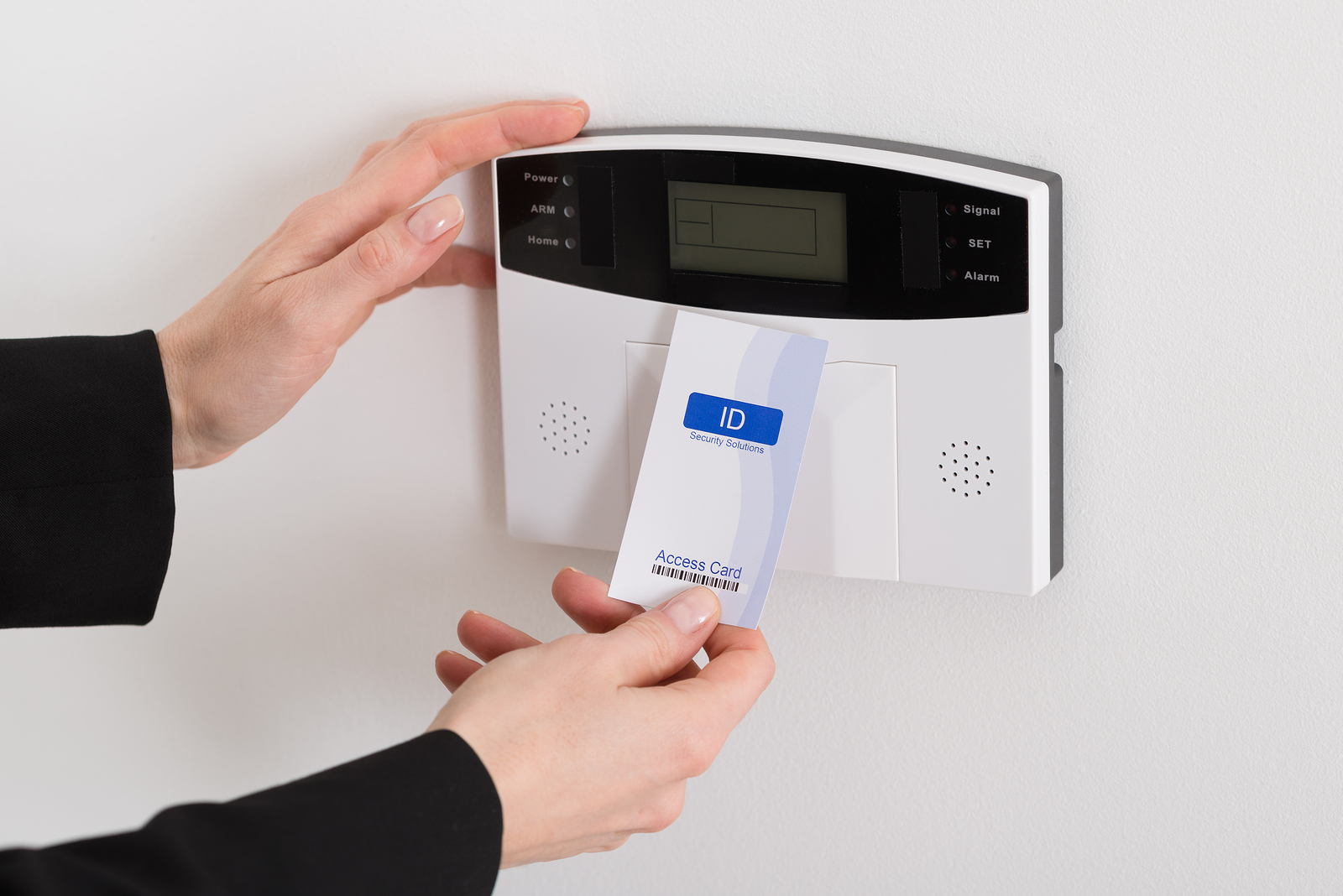
Providing and enabling access control systems is an important security measure for your business. Not only does it protect your employees from unwarranted outsiders coming into their workspace, but it also protects the products, technology and inventory crucial to your daily operations.
Requirements for Access Control Systems
You may be wondering if your place of business truly needs an access control system. Believe it or not, both big and small companies find uses for these security systems. The decision to implement one comes down to the scope of your building, the accessibility of the goods and products inside and the protection needed to keep your business functional.
Here are three questions you should ask yourself.
1. Do I Need a Time-Stamped Record of Every Attempt Made When Opening a Locked Door?
This refers to an audit trail, a computerized log of every entrance — or attempted entry — through a closed door with a permission-granted key. You may choose to install an access control system to keep track of attendance, where every entry will be logged with the employee's name and a timestamp. Or maybe your area has seen a wave of burglaries, and you want to make sure no one is targeting your business.
2. Do Your Employees Need Specific Entrance Clearances on Particular Days or at Particular Times?
This question is crucial if you have a large staff or regularly scheduled maintenance workers coming into your building. All your employees can have secured entry between regular hours of operation. Maintenance crews can receive clearance on specified weekends of maintenance or during a specific time frame. This also allows you to keep the doors electronically and securely locked without access on weekends and important holidays.
3. Will My Building's Security Be Threatened or Breached With the Loss of a Key?
Some companies are just fine with one person opening and locking the front door at the beginning and end of every workday. But if that key is lost or stolen, is there a chance someone could break in? These are all critical scenarios to consider when upgrading to an electronic access control system.
Types of Access Control Systems
Overall, there are three classifications for electronic security entry: codes, credentials and biometrics are all ways to identify yourself and enter a controlled area. Biometrics are very advanced technology — whether using fingerprints, nerve scans or facial recognition — and therefore aren't too familiar outside of high-end security or governmental buildings.
For most commercial businesses, codes and credentials are the systems to use. Codes are entered into a keypad entry, while credentials are cards that are inserted, swiped or sensed within proximity to a card reader. Both of these entries can be beneficial to employees while also having disadvantages.
Keypads vs. Card Readers for Access Control
Keypads for access control are the simplest, least expensive forms of secure entry. Just like an ATM works, each employee is given a specific PIN to enter digit-by-digit to gain access. Keypads tend to be a go-to choice for businesses who need to keep an accurate record of time-punches for each employee.
However, the immediate downside for keypads is that PINs are susceptible to being shared or stolen if someone is watching another person enter their code. This means multiple people could be entering the building by using the same PIN combination.
Card readers tend to be more popular and reliable. With card readers for access control, you can easily scan your way through a doorway. The time it takes to generate an acknowledgment from the card reader to the access control system hardware is generally less than one second.
Unfortunately, cards can just as easily be stolen or shared between multiple people. Also, there is the risk of the magnetic strip or barcode wearing away, leaving the cardholder inaccessible until a replacement is sent.
However, there is a way to increase security by enforcing a two-factor authentification, which would require an employee or maintenance worker to use a card reader and then correctly enter a code into a keypad for entry.
Electronic Access Control at Intellicom
If you're looking into adding an access control system for your business, Intellicom is here to help. Whether you're securing an office building, tech office or school, we provide the protective solutions you need. Request a free design or quote from us today to begin your access control system installation process.
